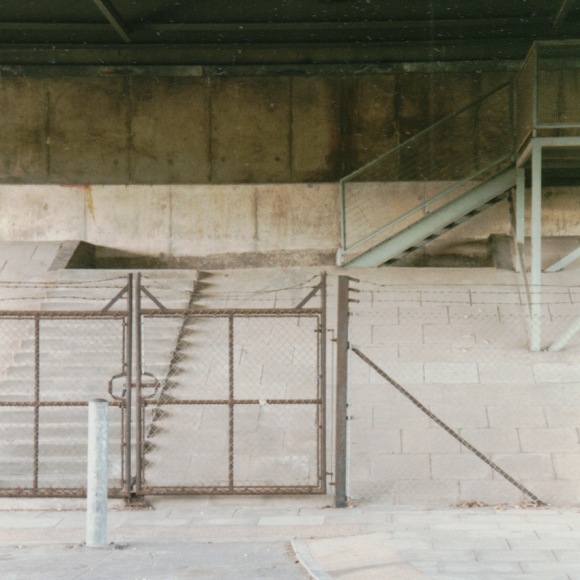
One day when I was about 13 I realised I could just walk out of town whenever I liked, with the only limits being time and the weather.
My home town is really one big outskirt – not confidently urban, but not quite rural either; a place where you can stand surrounded by concrete and factories while enveloped in the stink of manure.
I was raised as a town boy – the countryside was a thing you sped through in a car on the way to the seaside or Taunton – but couldn’t help wondering what was out there, beyond the sign that announced our twinning with La Ciotat and Uherské Hradiště. What was on those hills I could always see in the distance, where snow sometimes sat while town was as grey as ever? What was up that lane? Where did the filthy old river go?
First, I tested the boundaries, walking a little further each time. The motorway felt like a barrier but I crossed that easily enough, my flat feet slapping their way across a pavement barely used. On the other side, just barely, I found the hamlet of Horsey and thought, well, there it is: I’ve walked to another place. I tried the same on the other side of town, passing under the motorway this time, and found Dunwear.
Then I really stretched myself, walking beyond the point where the pavement ended, past the absolute feathertips of town. Trudging alongside the A39 was dangerous which added to the thrill but I knew the rules (face the traffic) and there were verges to retreat to if need be.

It’s impure countryside out that way: stalked by crackling pylons, littered with fast food wrappers and fly-tippings, and with the constant sound of the motorway boring away like a dental drill. At certain stretches it feels as if there’s more roadkill than road. But compared to the estate it was open, wild and fecund.
That time I made it to the King’s Sedgemoor Drain, which looks like a river but was built by men. There was a path that I wanted to follow but it seemed as if I’d already gone too far from home so I turned back.
Next time, I did go that way, stopping to eat a sandwich with a view across fields of gaudy yellow rapeseed, with the tower of Sutton Mallet Church in the distance. I may have read some poems, which was the kind of thing done by the kind of person I thought I wanted to be then. It was warm and insects as big as shuttlecocks made ceremonial flypasts. I thought, ah, there it is — this England I’ve heard so much about.
I went out time and again, taking different routes, going beyond and beyond again, until one day I was taken with the most pathetic, suburban version of exploration mania you can imagine and didn’t turn back when I should have. Stranded in Huntspill as night fell I found a payphone and called to be picked up. In the car home, with aching feet and muscles, I felt like Edmund Hillary.
All of this, I suppose, was training for life, a kind of straining at the leash. Timid and reticent as I was, and am, I never wanted to stay at home forever.
First stop Bawdrip, next stop the world.

2 replies on “Striking Out”
Very different to coming from London where a place turns into another place with an invisible barrier (or crossing a road). I remember someone (you’ll know who Ray) explaining to be at university that on the Isle of Man you went from one place to another by crossing a field, ie they were separate places. Mind blown, as the kids say (or said if they don’t say it any more).
LikeLike
Yes, and one of the things I love about London, but also found difficult at times, is its essential infinite nature. I remember a few times just wanting so desperately to be in a *field* and not being able to get to one without catching a train or one of those end-of-the-line buses. I did eventually find a few places that, from the right angle, felt a bit like home.
LikeLike